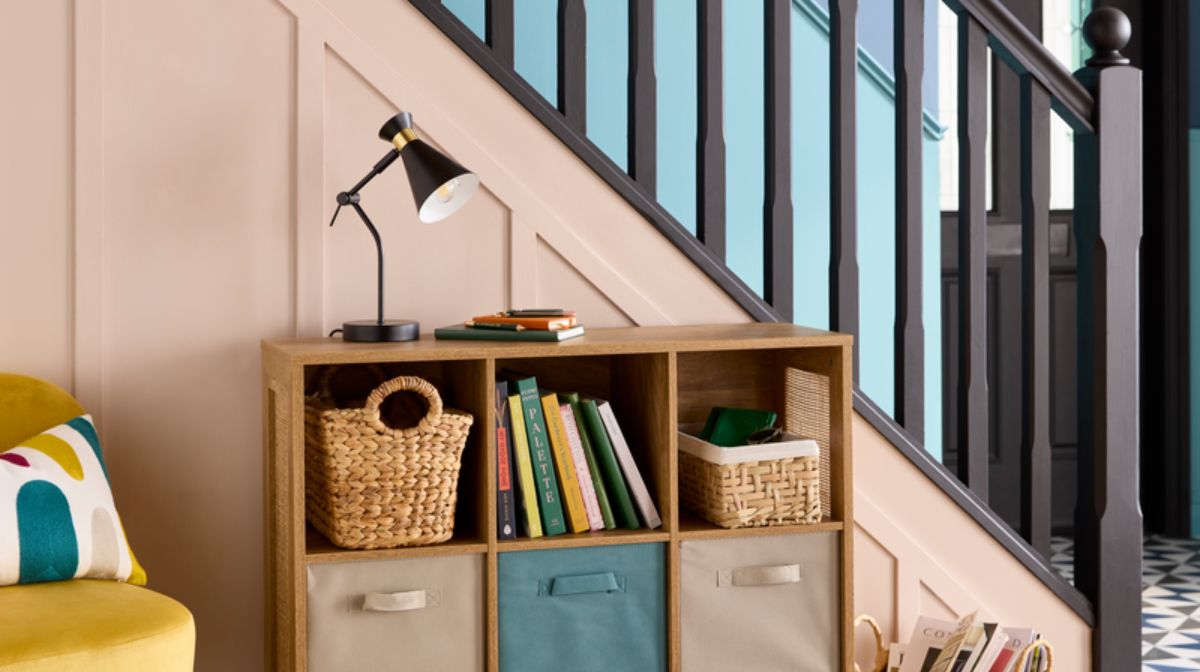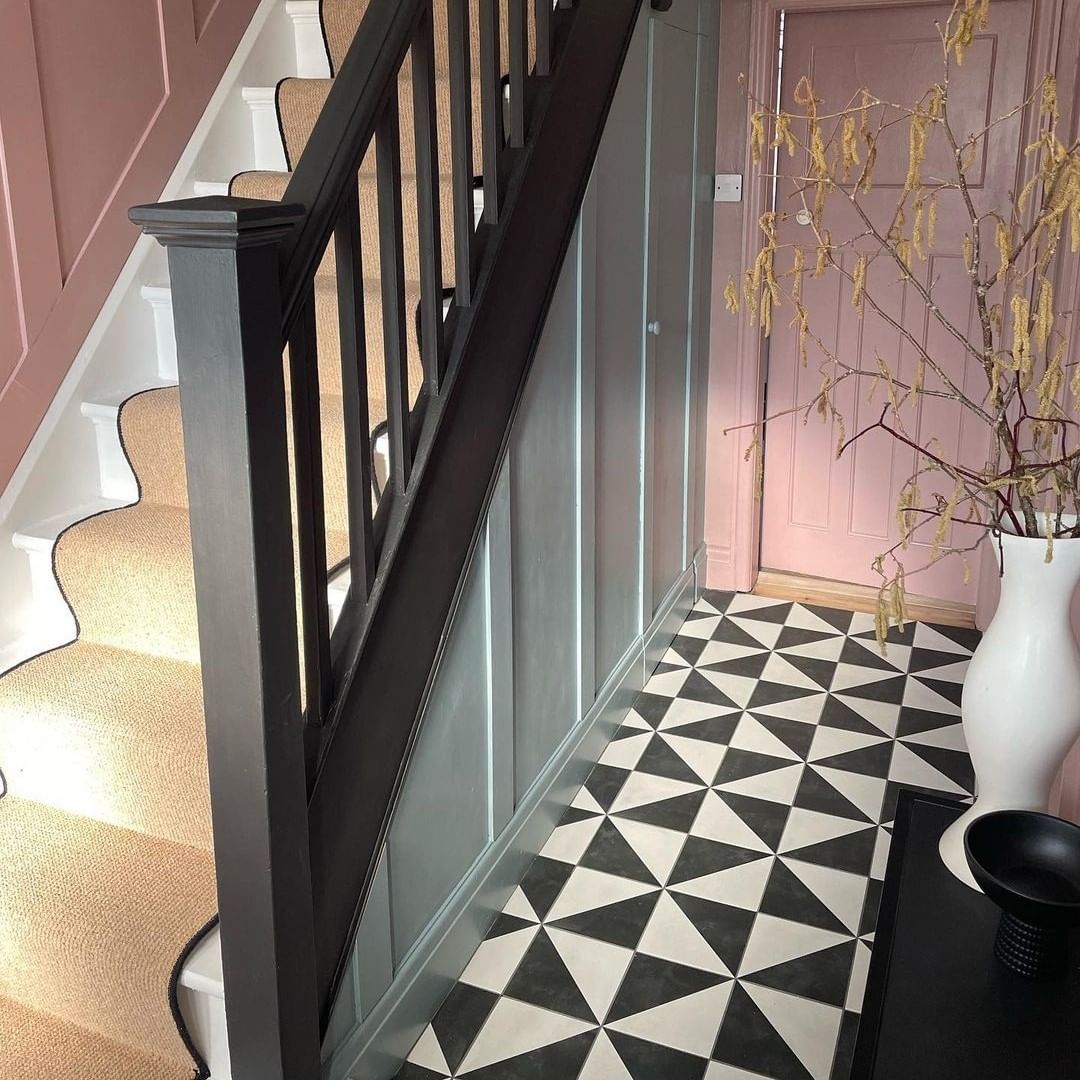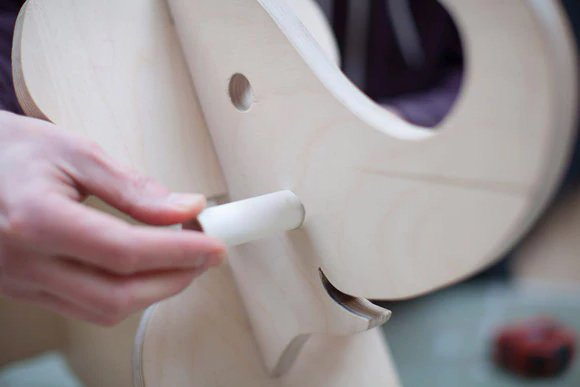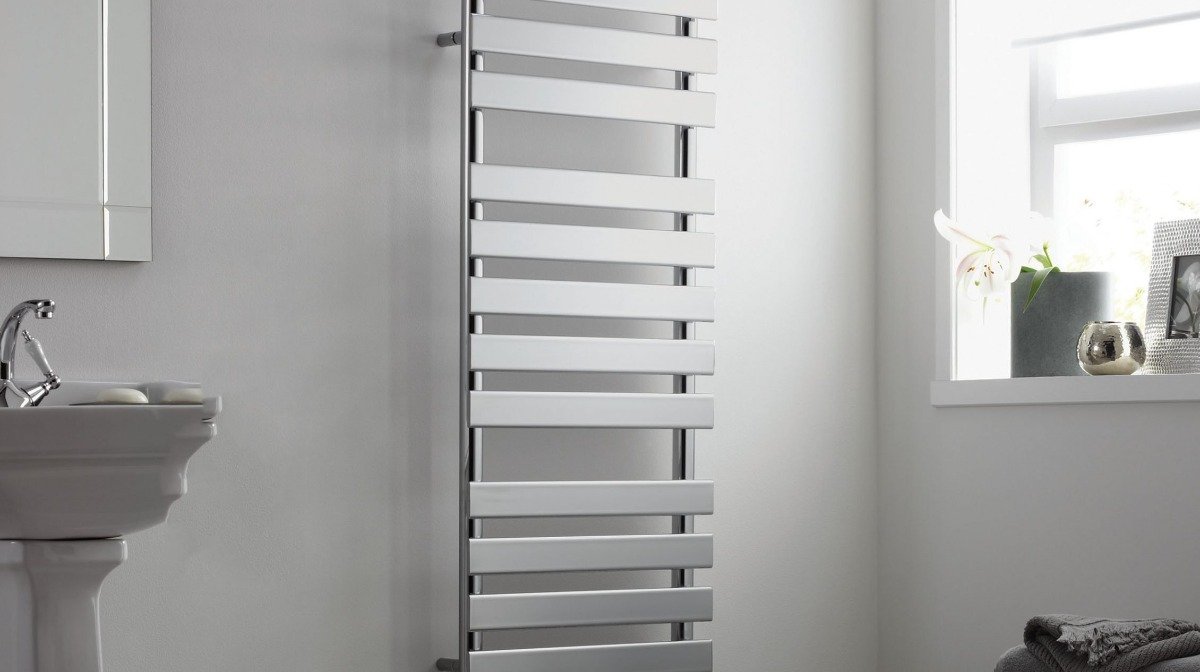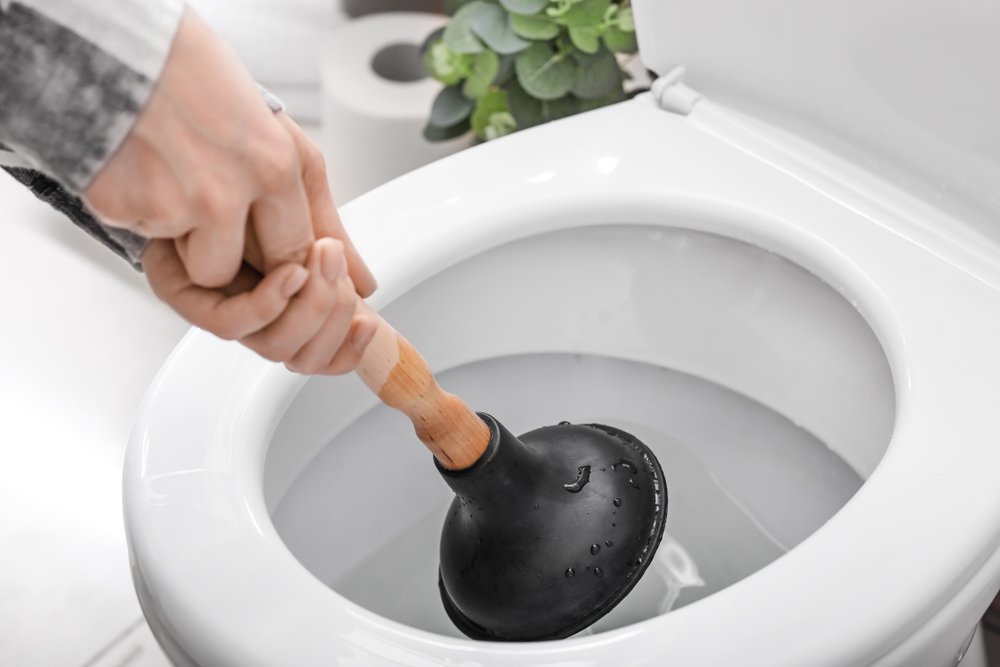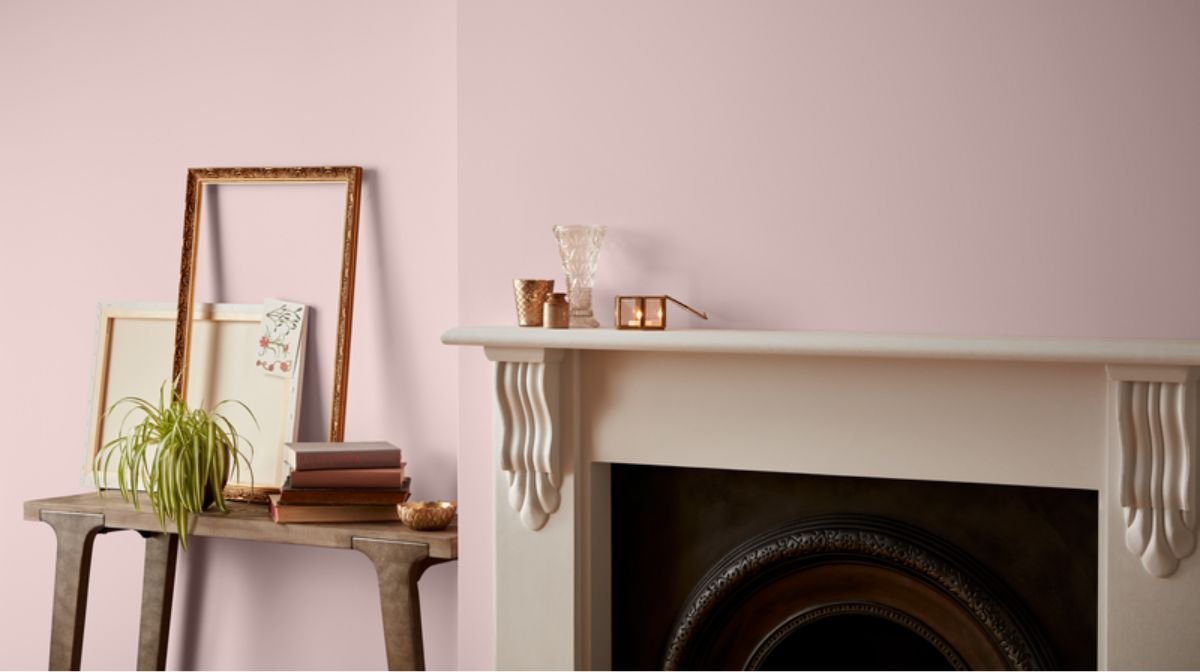For anyone who wants to know how to renovate stairs without breaking the bank, wall panelling is an easy but incredibly stylish solution. A simple task that can be completed over a single weekend, staircase panelling will elevate the entrance of any home. Whether you’re after a contemporary look or love more traditional decor, DIY staircase panelling is a fantastic way to transform the feel of your space without a full renovation.
To help you achieve a high-quality finish without a carpenter in sight, we’ve put together this simple step-by-step guide on how to panel a staircase.
What Do You Need for Wall Panelling?
Before you start panelling your staircase, you’ll need to get your hands on a few items, including:
- A tape measure
- Angle finder or protractor
- Grab adhesive
- A mitre or tenon saw
- MDF or wood wall panels
- Interior wall paint
- Paint brush
- Sandpaper
- Microfibre cloth
- Sugar soap
- Dado rails
- Filler
- Filling Knife
How to Panel Stairs in 7 Simple Steps
From choosing your cladding to picking out the perfect colour to match your interiors, these eight easy steps will transform your staircase in no time.
1. Choose Your Cladding
Before you get started, you need to choose your preferred style of staircase panels. If you already have panelled walls in your hallway, then this decision will be a little easier. For a cohesive feel, it’s a good idea to stick to one type.
If you’re working with a clean slate, then you have several options. For a more traditional wood panelling effect, shaker or tongue and groove styles have a timeless appeal – think cosy country cottages furnished with quirky antiques.
Alternatively, shiplap or slim shaker panels offer a more contemporary twist and are particularly effective if you’re looking to recreate a New England-style interior.
For a quick installation and to negate the need for a joiner, there are some ready-made panelling options available. The EASIPanel Raised and Fielded design is a firm-favourite as it provides a premium, professional finish.
Top Tip: If you need help deciding on the right design for you, take a look at our wall panelling and cladding buying guide.

